UK Seasonal Beekeeping Calendar: When & How to Feed Your Bees
Beekeeping is a year-round commitment, and providing the right nutrition at the right time is essential for maintaining a healthy and productive colony. Seasonal changes impact nectar availability, colony size, and feeding requirements.
This Seasonal Beekeeping Calendar will guide you on when and how to feed your bees throughout the year to ensure strong hives and successful honey production.
Spring (March – May): Stimulating Growth & Colony Expansion
What’s Happening in the Hive?
Bees emerge from winter clusters as temperatures rise.
The queen starts laying eggs, increasing the colony’s population.
Natural nectar sources begin to appear, but may still be inconsistent.
Brood rearing requires high energy and protein sources.
Best Feeding Practices for Spring:
Feed Light Sugar Syrup (1:1 ratio of sugar to water) – Stimulates brood production and colony expansion.
Invertbee Syrup – Provides a quick, digestible energy boost when nectar is scarce.
Pollen Substitutes or Patties – Supports early brood development when natural pollen is limited.
Tips:
Avoid overfeeding—excess syrup can clog brood frames.
Monitor hive stores to ensure bees are gathering enough natural forage.
Remove winter feed, such as Fondabee, as natural sources become available.
Summer (June – August): Supporting Honey Production
What’s Happening in the Hive?
Peak foraging season begins with abundant nectar and pollen.
Bees focus on honey production and colony maintenance.
Swarming activity may increase in early summer.
Best Feeding Practices for Summer:
Avoid Feeding During Honey Flow – Bees should be collecting nectar from flowers, not supplemental feed.
Emergency Feeding (if needed): If a summer drought or nectar gap occurs, use Invertbee Syrup sparingly.
Provide Fresh Water – Helps bees regulate hive temperature and process nectar.
Tips:
Ensure there is plenty of water near the hive.
Manage swarm control to keep colonies stable.
Only feed when absolutely necessary to avoid honey contamination.
Autumn (September – November): Preparing for Winter Survival
What’s Happening in the Hive?
Bees begin reducing brood production as temperatures drop.
Nectar sources decline, requiring bees to store food for winter.
Drones are expelled from the hive to conserve resources.
Best Feeding Practices for Autumn:
Feed Heavy Sugar Syrup (2:1 ratio of sugar to water) – Encourages food storage in preparation for winter.
Invertbee Syrup – Provides a rich carbohydrate source for building winter reserves.
Fondabee Fondant or Organic Fondabee – Ideal for top-feeding as temperatures drop.
Tips:
Start feeding in late August or early September to allow bees enough time to process and store food.
Avoid feeding too late—bees need warm weather to convert syrup into stores.
Reduce hive entrances to prevent robbing by wasps and other bees.
Winter (December – February): Keeping Bees Alive in the Cold
What’s Happening in the Hive?
Bees cluster together to maintain warmth.
No foraging occurs, so colonies rely entirely on stored food.
The queen stops or greatly reduces egg-laying.
Best Feeding Practices for Winter:
Fondabee Fondant or Organic Fondabee – Provides essential carbohydrates in solid form.
Dry Sugar (if emergency feeding is needed) – Can be placed on a hive mat to prevent starvation.
Avoid Liquid Syrups – Cold temperatures can cause moisture buildup and fermentation.
Tips:
Check hive weight monthly to assess food levels.
Place fondant directly above the cluster for easy access.
Minimize hive inspections to retain warmth inside the hive.
Final Thoughts
Providing the right feed at the right time is key to maintaining healthy, productive bee colonies. By following this seasonal beekeeping calendar, you can ensure that your bees stay well-fed throughout the year, reducing losses and improving honey production.
At Wyefield Apiaries, we offer high-quality bee feed products, including Invertbee Syrup, Fondabee, and Organic Fondabee, designed to support UK beekeepers through every season. Stock up today to keep your hives thriving!
By following this seasonal feeding strategy, you’ll ensure your bees remain strong, healthy, and productive all year round. Happy beekeeping! 🐝

